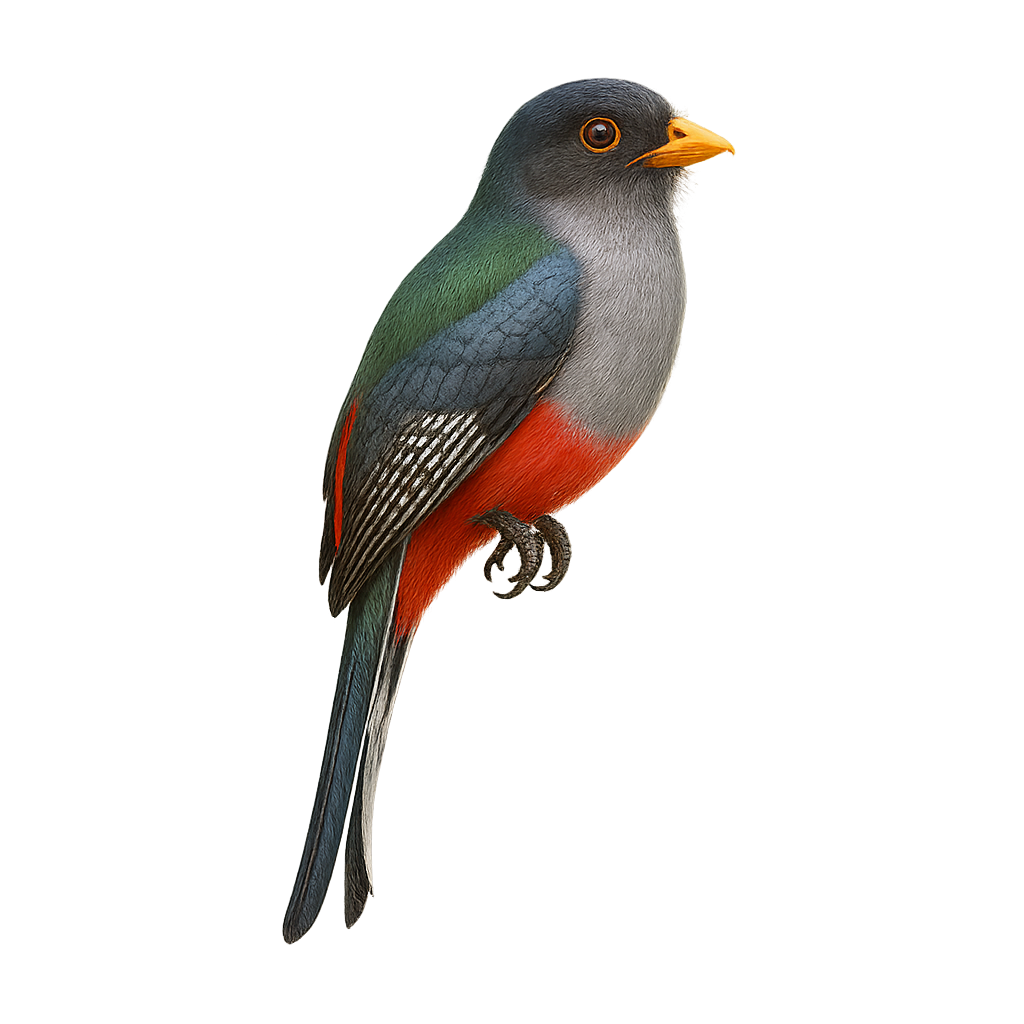Your wildlife photography guide.
Explore the hispaniolan trogon in detail, study its behavior, prepare your shots.
Where to observe and photograph the hispaniolan trogon in the wild
Learn where and when to spot the hispaniolan trogon in the wild, how to identify the species based on distinctive features, and what natural environments it inhabits. The WildlifePhotographer app offers tailored photography tips that reflect the hispaniolan trogon’s behavior, helping you capture better wildlife images. Explore the full species profile for key information including description, habitat, active periods, and approach techniques.
Hispaniolan Trogon
Scientific name: Priotelus roseigaster

IUCN Status: Near Threatened
Family: TROGONIDAE
Group: Birds
Sensitivity to human approach: Suspicious
Minimum approach distance: 10 m
Courtship display: March to May
Incubation: 17-19 jours
Hatchings: April to June
Habitat:
Tropical rainforests, mountainous areas
Activity period :
Primarily active during the day, with peak activity in the morning and late afternoon.
Identification and description:
The Priotelus roseigaster, commonly known as the Hispaniolan Trogon, is an endemic bird of the island of Hispaniola, which includes Haiti and the Dominican Republic. This bird is easily recognizable by its striking plumage, with a green head and back, bright red belly, and a tail marked with black and white bands. It primarily inhabits tropical rainforests and mountainous areas, where it feeds on fruits, insects, and small vertebrates. The Hispaniolan Trogon is a symbol of the island's unique biodiversity, but it is threatened by deforestation and habitat loss. Despite these challenges, it remains a fascinating sight for birdwatchers and nature lovers.
Recommended lens:
400mm – adjust based on distance, desired framing (portrait or habitat), and approach conditions.
Photography tips:
To photograph the Hispaniolan Trogon, it is advisable to use a telephoto lens of at least 400mm to capture precise details of its colorful plumage. Approach slowly and quietly to avoid startling it, as it is naturally suspicious. The best times to observe it are early in the morning or late in the afternoon when the natural light is soft and flattering. Use a tripod to stabilize your camera and achieve sharp images, especially in the shaded areas of tropical forests.
The WildlifePhotographer App is coming soon!
Be the first to explore the best nature spots, track rutting seasons, log your observations, and observe more wildlife.
Already 1 430 wildlife lovers subscribed worldwide

